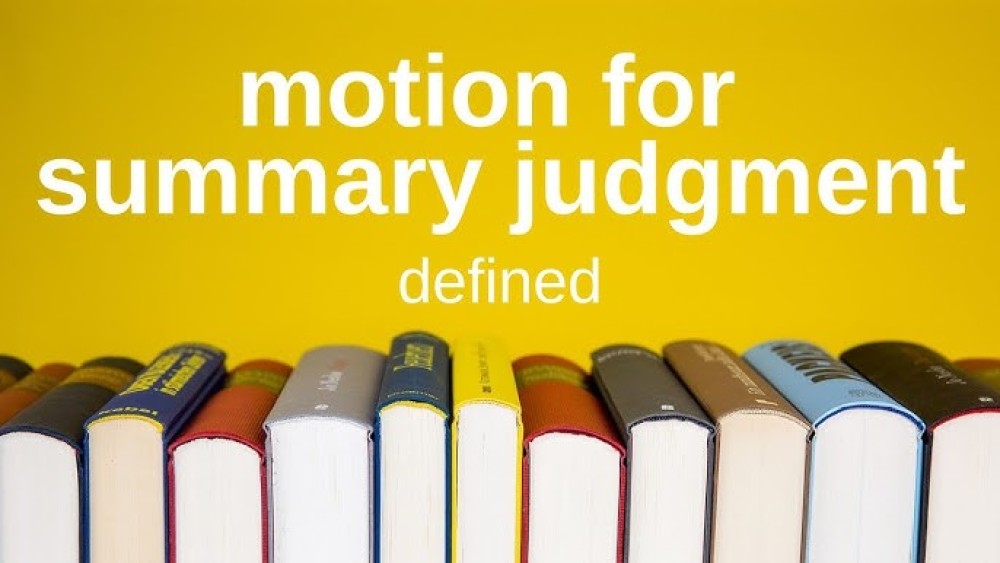Get Your Legal Documents Now!
Whether you are dealing with a complex family matter, facing criminal charges, or navigating the intricacies of business law, our mission is to provide you with comprehensive, compassionate, and expert legal guidance.

Discover how judges evaluate motions to dismiss and motions for summary judgment. Learn the standards, procedures, and strategies that courts apply to each type of motion with Legal Husk.
How Courts Evaluate Motions to Dismiss vs. Motions for Summary Judgment
Introduction
In civil litigation, few strategic decisions are more impactful than filing a motion to dismiss or a motion for summary judgment. These two motions offer opportunities to resolve a lawsuit without a full-blown trial, but they operate under very different standards. To succeed with either motion, you must understand how courts evaluate them.
This guide breaks down the procedural and legal frameworks courts use to decide motions to dismiss and summary judgment. With Legal Husk’s insight, you’ll learn how to align your strategy with judicial expectations and increase your chances of an early victory.
Understanding Judicial Standards
Judges do not apply the same logic or rules when reviewing a motion to dismiss versus a motion for summary judgment. Here’s how they differ:
1. Motion to Dismiss (Rule 12(b)(6))
2. Motion for Summary Judgment (Rule 56)
How Courts Evaluate Motions to Dismiss
A. The “Plausibility” Standard
Set by the U.S. Supreme Court in Bell Atlantic v. Twombly and Ashcroft v. Iqbal, courts require:
Example:
B. Materials Courts Can Review
If a party includes outside evidence, the court may convert the motion into a motion for summary judgment.
C. Common Grounds for Dismissal
D. Court’s Approach
How Courts Evaluate Motions for Summary Judgment
A. The “No Genuine Dispute” Standard
Under Rule 56, the judge asks:
If both answers favor the moving party, summary judgment is granted.
B. Required Evidence
All evidence must be admissible under the rules of evidence.
C. Burden of Proof Shifts
1. The moving party must first show no genuine dispute exists
2. Then, the burden shifts to the non-moving party to show that a dispute remains
D. Court’s Role
Comparative Summary: Judicial Evaluation Side-by-Side
Why Many Motions to Dismiss Fail
Legal Husk Tip: Be precise. Identify clear legal flaws or procedural defects. Avoid disputing facts.
Why Summary Judgment Is More Frequently Granted
Legal Husk Tip: Highlight discovery weaknesses. Tie each fact to the legal standard.
Common Mistakes Litigants Make
For Dismissal Motions:
For Summary Judgment Motions:
How Legal Husk Aligns with Court Expectations
At Legal Husk, our legal writers and litigators understand what judges want to see in successful motions. We:
Structure motions around judicial standards
Whether we’re drafting a motion to dismiss or summary judgment, we ensure every word aligns with procedural rules and persuasive strategy.
📌 Partner with us for motion support:
Final Thoughts
Understanding how courts evaluate motions to dismiss and summary judgment is crucial to crafting motions that work. Knowing what judges consider—and what they reject—can mean the difference between early victory and expensive litigation.
📩 Need a motion that aligns with the court's expectations? Let Legal Husk help you draft or respond to a dismissal or summary judgment motion today. Visit Legal Husk to get started.
Whether you are dealing with a complex family matter, facing criminal charges, or navigating the intricacies of business law, our mission is to provide you with comprehensive, compassionate, and expert legal guidance.
Comments